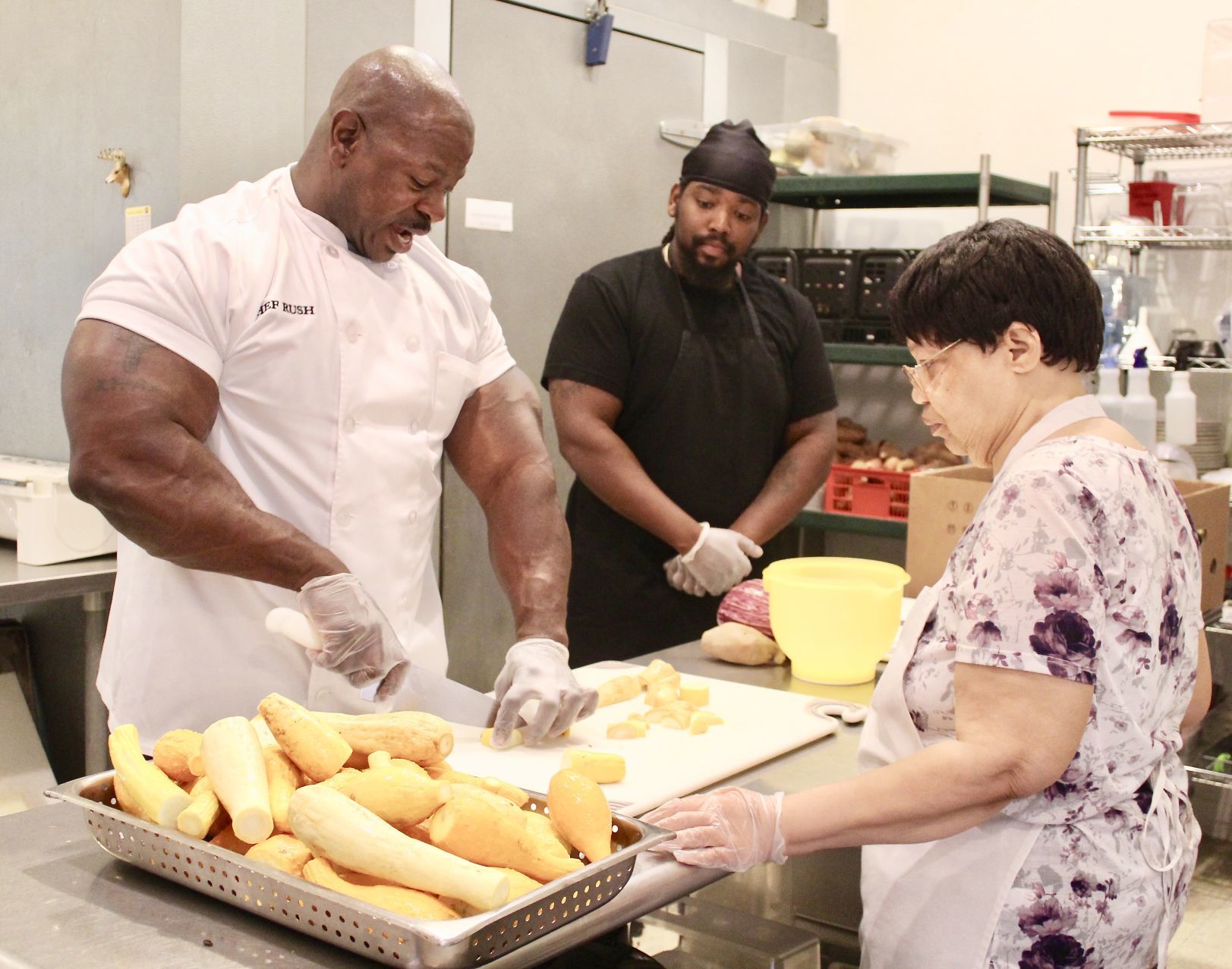
West and Wood's Introduction to Foodservice, June Payne-Palacio & Monica Theis, editors 9th edition, 2001 Necessary, and here, perhaps, marks the beginning of the present-day scientific foodservice cost accounting."

To 250 persons, also necessitated an efficient foodservice.In providing for the various needs, strict cost accounting was Show that the food preparation carried out by the abbey brethren reached a much higher standard than food served in the innsĪt that time.The royal household, with its hundreds of retainers, and the households of nobles, often numbering as many as 150 Certain phases of foodservice operations reach a well-organized from as early asįeudal times.Religious orders and royal households were among the earliest practitioners of quantity food production.Records However, they have their roots in the habits and customs that characterize ourĬivilization and predate the Middle Ages. "Foodservice organizations in operation in the United States today have become an accepted way of life, and we tend to regard themĪs relatively recent innovations. Another thought to ponder: how military foodservice impacted

Advances in transportation (most notably trains, automobiles, trucks) also created a hugeĭemand for public dining venues. Production of foodstuffs, quick distribution of goods, safer storage facilities, and more efficient cookingĪppliances. Advances in technology made possible mass Modern food service is a product of the Industrial Revolution. The restaurant, as we know it today, is said to have been a byproduct of the French Revolution. Colonial America continued this tradition in the form of legislated Publick

Medieval travelers dined at inns, taverns, Street vendors and publicĬooks (caterers) were readily available in Ancient Rome. Historians tell us the genesis of food service dates back to ancient times.
#Chef andre rush presidential meals professional
Food Timeline: history notes-restaurants, chefs & foodservice FoodTimeline library Food Timeline FAQs: professional food service


 0 kommentar(er)
0 kommentar(er)
